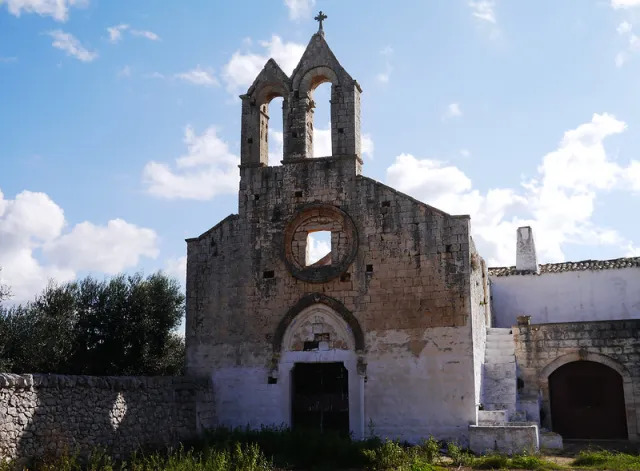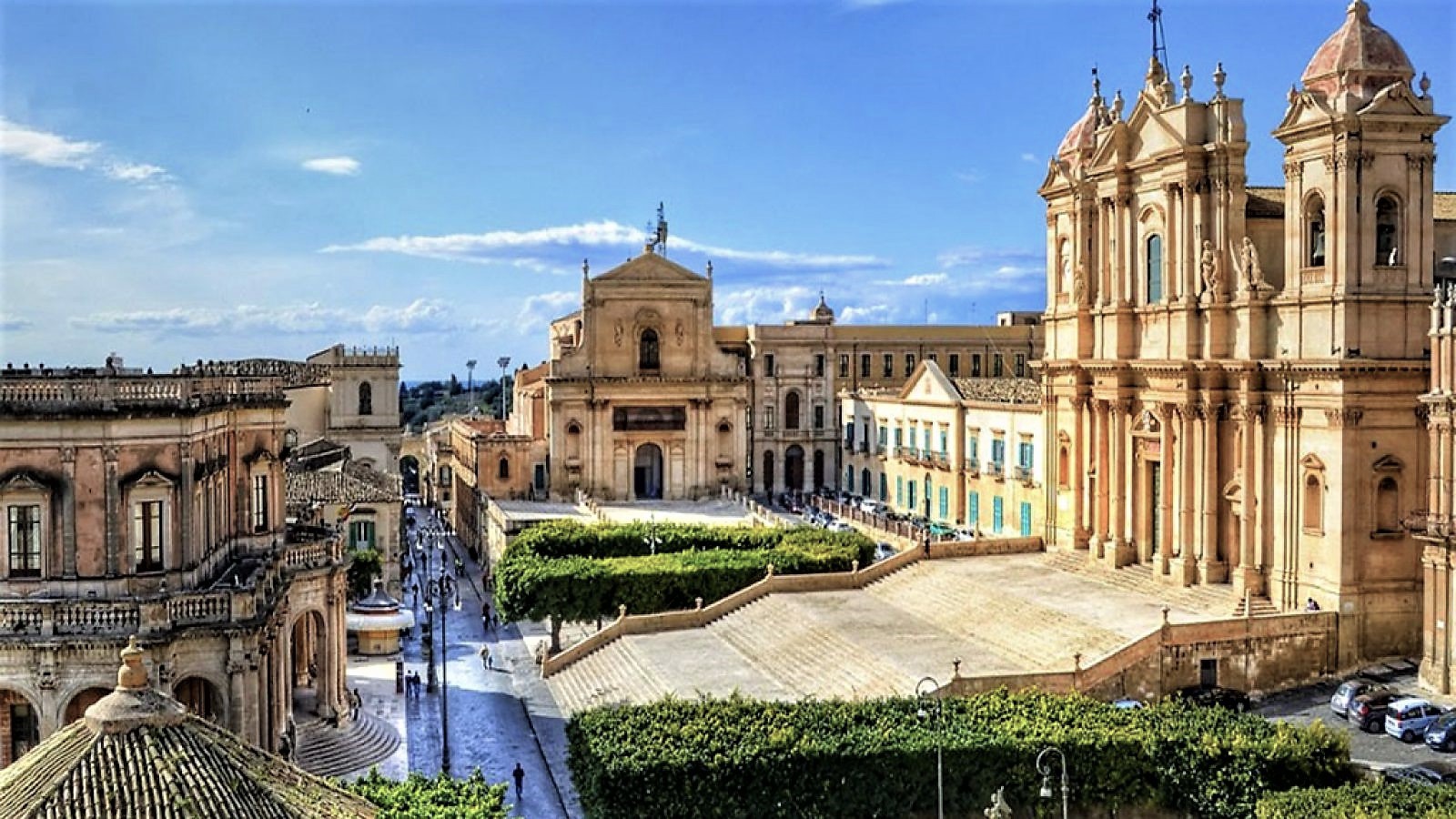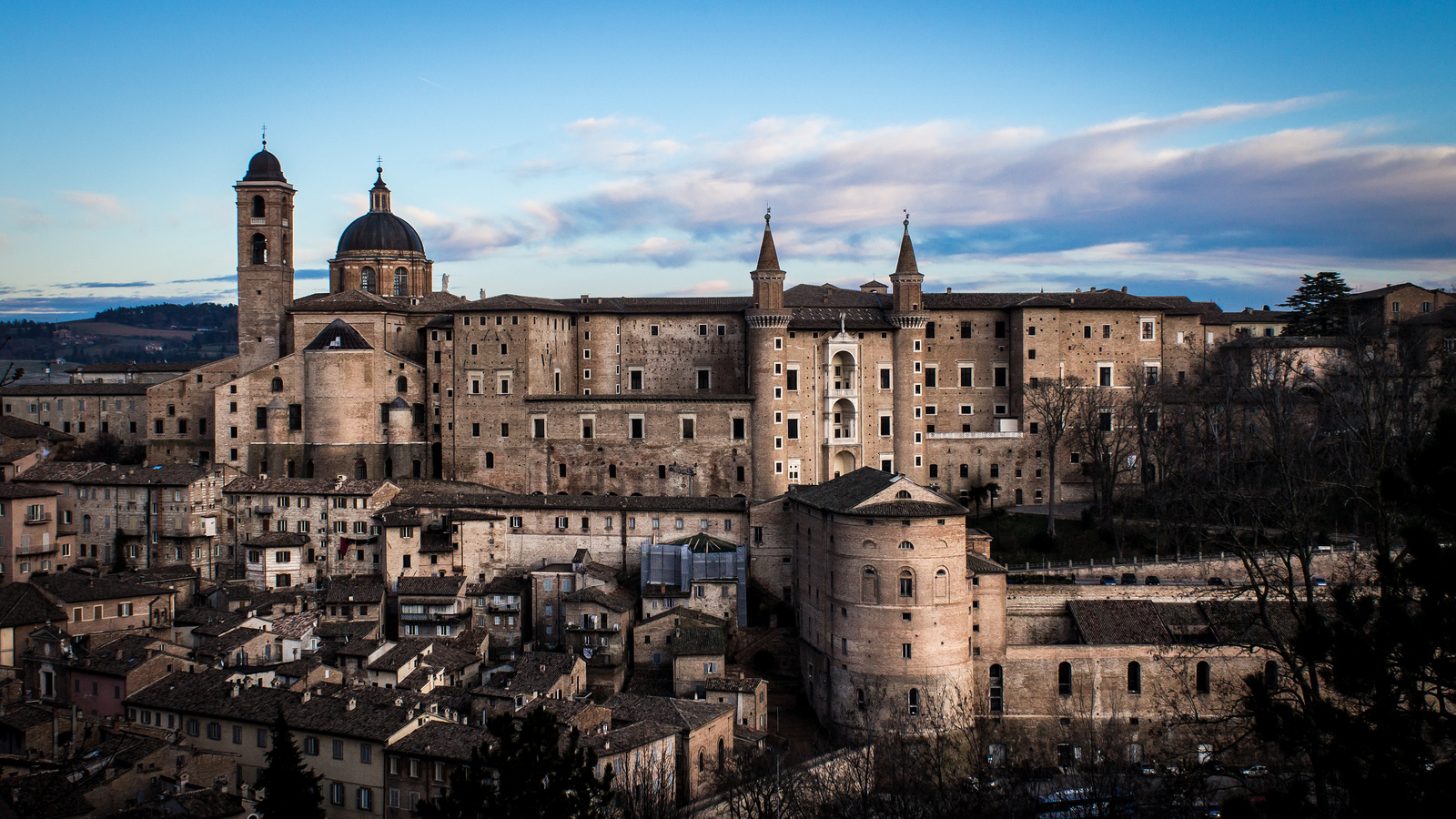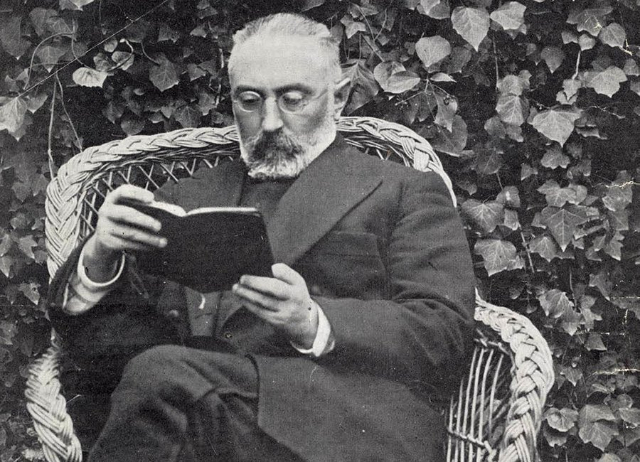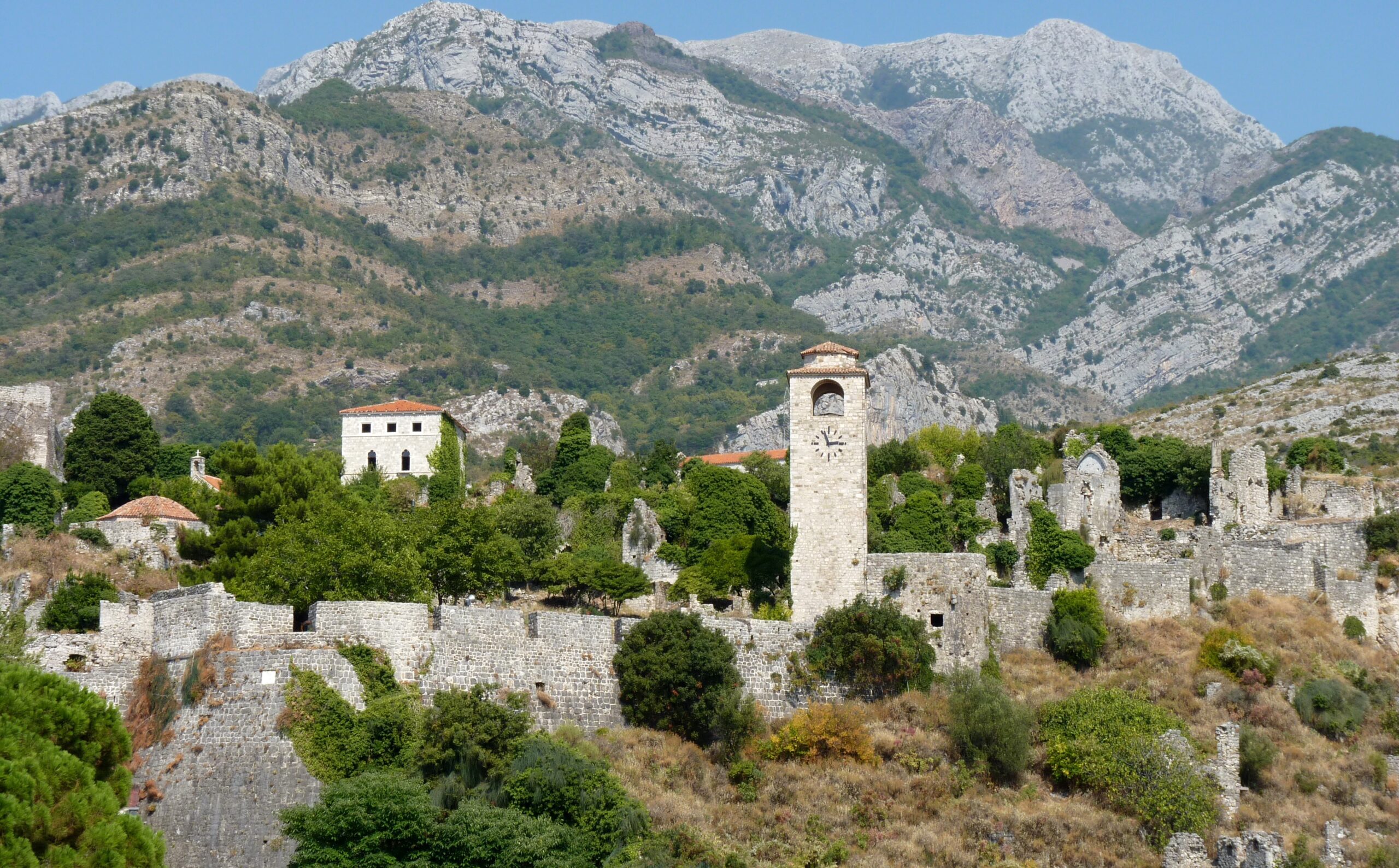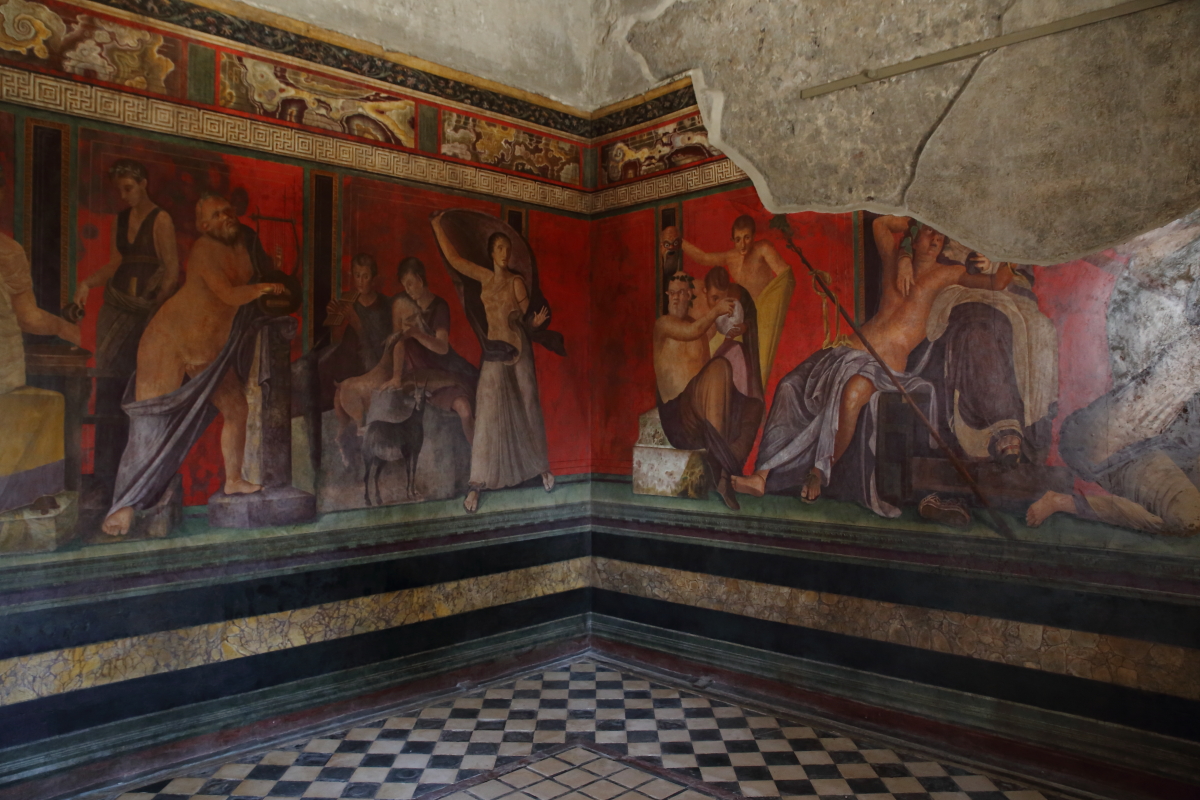In the countryside ofegliesi between the 18th and 19th century there were various sacred buildings of different nature and size.
The rural church of Southern Italy, especially the masseria church, is configured as a place of private rather than community worship, because it is linked to a patronus. A farm church, however, in addition to meeting the devotional needs of the owner’s family, was erected, always with the authorization of the diocesan ordinary, to allow the inhabitants of the farm and seasonal workers, hired for the harvest and/or olive picking, to fulfill the precept of the festive mass or other liturgical celebrations.
From the second half of the nineteenth century, many farm or district churches fell into a state of abandonment and, therefore, were deconsecrated because of the poor or lack of maintenance ensured by the owners, lay or ecclesiastical, so that often these places of worship were intended for mixed uses.
The maintenance of some of the sacred buildings, mostly in the town or in areas close to it, was entrusted to lay people who lived more ecclesiastically, called hermits or Romites, to whom a strict code of conduct was imposed, but their commitment did not always prove effective or commendable, at least from a spiritual point of view.
This complex state of affairs has meant that the collective memory has gradually lost even the memory of the existence of rural places of worship, above all the rupestrian crypts of the Cegliese countryside, among which those of San Michele and the Madonna della Grotta stand out, the latter existing below the sub divo chapel of the same name.In the case of the Crypt of San Michele, it is not possible to assume that the enormous natural cave, now so called, was directly adapted as a place of worship, as the discovery of more ancient finds testifies to a remote use of the site as a permanent or temporary refuge.
The cave and the presumed chapel, later transformed into a casino, built near the cavity, take their name, therefore, from a medieval fresco, present in the crypt, depicting St. Michael the Archangel.
The crypt of San Michele and the adjacent casino are easily reached from the provincial road no. 26, which leads to Francaviilla Fontana, about 3 kilometres from the town of Ceglie Messapica.
The entrance to the cavity is fenced in by a dry stone wall, after which a short steep section leads to the head of a wide concrete staircase, built, according to local oral sources, in the 1960s.
The staircase descends for about 5 metres into the enormous cavern, characterized by the presence of stalagmite and stalactite formations of considerable size. Near the entrance, on the right as you enter, is dug into the rock and supported by a dry stone wall a large tank, almost circular, about 3 meters in diameter and about 1 meter deep.
The positioning of this artefact is singular, since similar structures, present in many Apulian rock-hewn churches, are always placed on the left, immediately after the access to the place of worship. It is possible that this basin is part of a system designed for the preservation and channelling of rainwater, so much so that the dripping water is still collected here. However, the possibility that it is an ancient baptismal font cannot be ruled out, since baptism was performed in specific places.
From the entrance at the end of the staircase, the cave opens in a conical-detritic shape, until it reaches a rudimentary parallelepiped shaped limestone altar (height 99 cm; length 203 cm; width 97 cm); two short steps, also shaped in the rock, from the walking surface allow access to the altar, leaning against the rocky wall, partly plastered, on which two of the frescoes decorating the cavity remain. The cave then expands to the right, where the succession of stalactite columns determines another natural hall which progressively tapers into an ever narrower and lower tunnel, which can be passed through with suitable speleological equipment for a few dozen metres.
